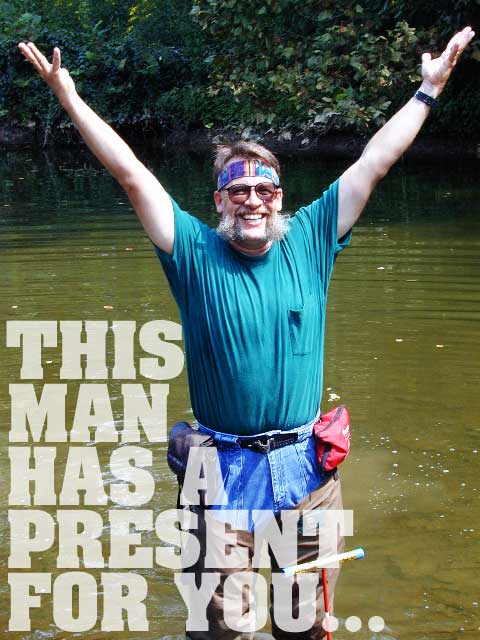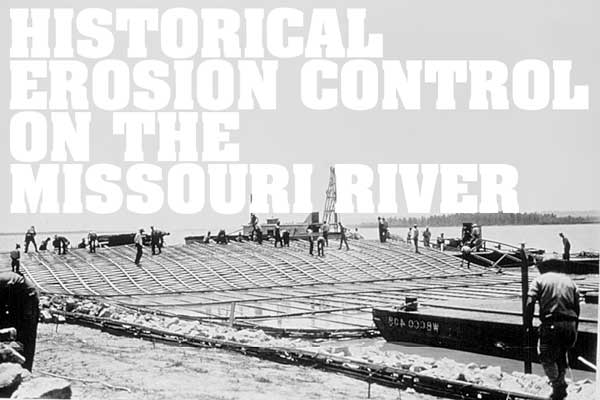27 May New Erosion Control DVD: The ‘Willow Creek Project’ is Released Today!
 The Willow Creek DVD is finished and Released!
The Willow Creek DVD is finished and Released!
It’s available at the WatchYourDirtStore. Click Here to purchase.
What is the Willow Creek Project?
 Over a 3 month period last year, John McCullah worked with Alberta Infrastructure and Transportation to save a massively failing slope that threatened to crater Highway # 2 – a very important highway in South Alberta. It was a huge undertaking and our cameras were there for the whole process.
Over a 3 month period last year, John McCullah worked with Alberta Infrastructure and Transportation to save a massively failing slope that threatened to crater Highway # 2 – a very important highway in South Alberta. It was a huge undertaking and our cameras were there for the whole process.
The main problem was the erosive flows from the rather deceptive Willow Creek (it looks more picturesque than viciously erosive).These currents were eating at the toe of the slope, causing some really fascinating block failures. In addition there was a large gully on site also plagued with problems.
To save this site, John and crew reached deep his erosion and sediment control bag of tricks. Over the course of this episode, you’ll see the following techniques, explained, installed and reviewed…
Rock Vanes
Longitudinal Peak Stone Toe Protection
Fiber Roll Installation & Theory
Scourstop Energy Dissipators
Hydromuclhing with FGMs
Soil Nailing
Live Siltation
Soil Flapping
Trackwalking & more!
It’s the closet you can get to on site training without actually being there.
We are really proud of this one, we think it turned out great! So we encourage you to go over to the Watchyourdirtstore and purchase a. And if you’d like to see Dirt Time in more seminars/classrooms, ask your instructor to get a hold of us and enroll in our Dirt Time Classroom Clip program (more on that later!). As long as you guys keep using Dirt Time, we’ll keep on making it.
Special thanks must go out to the fine people at Alberta Infrastructure & Transportation. Without their support, their project … their everything – we wouldn’t have had this great opportunity to film. So thank you Roger Skirrow, Fred Cheng, Ross Dickson and the great team over in Alberta!
Here is some snippets of some of the stuff you’ll see on the DVD…
















